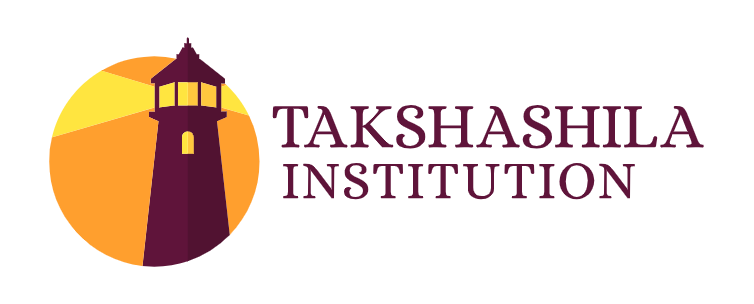A case for an Indian Health Service
By Sowmya Shashidhara
For some time now, there has been a demand for an Indian Medical Service (IMS) similar to other all-India services such as the Indian Administrative Service (IAS) and the Indian Police Service (IPS).
Successive governments have looked at this issue, but there has not been much progress on this front.
Most recently, in 2017, the Government of India sought views from the State governments on creating an Indian Medical Service. Challenges driven by the COVID-19 pandemic has reinvigorated the request from the medical fraternity for the Indian Medical Service.
Why do we need a separate service?
The Constitution of India confers the responsibility of the health of its citizen to the States, while population control and interstate infectious and contagious disease control is the joint responsibility of both the Centre and the State. However, due to fiscal and institutional capacity issues at the State level, the Centre has been taking a lead in the design of several health schemes which is not covered in their list of responsibilities. For example, the Universal Immunisation Plan and the National Health Mission are central health schemes rolled out through States with varying levels of fiscal support.
To design such programmes, the Ministry of Health and Family Welfare has centrally funded institutes to advise them. However, due to a sub-optimal Centre– State collaboration, and low technical know-how at the State level, the implementation of health schemes has seen heterogeneous health outcomes across the country. The issue of a low Centre– State collaboration has also been highlighted by a WHO report that analysed the public health system of India. Similar capacity issues arise when States need to design specific health interventions. The National Health Policy 2017 also identifies decentralisation of decision-making as one of its key policy principles. This calls for augmentation of capacity at the State-level, and the creation of a cadre of healthcare service is the right first step in that direction.
Road ahead
Established in 1764 in British India, Indian Medical Service was a military medical service which also had civilian functions. It was abolished in August 1947. The Mudaliar Committee had in 1961 recommended the creation of a central service. In the current system, we have doctors, who enter service through the Central Health Service, serving at central health institutions and managing health programmes of the Ministry of Health and Family Welfare.
They lack any sort of experience in the State, nor do they serve at districts like the IAS and IPS. Scaling up this service is not an option. So, how should a healthcare service be structured? We looked at two existing specialist services — the Indian Economic Service (IES) and the Indian Forest Service (IFS). While the IES caters to economic analysis and policy advice to the Centre, the mandate of IFS is to implement the national forest policy. When it comes to eligibility, IES requires a post-graduate in economics, and IFS requires a graduate degree with one of the subjects relevant to forestry offering selection from a pool of applicants with relevant educational background.
The Indian Medical Association made a pitch for an Indian Medical Service on National Doctor’s Day on July 1 backed by several associations of doctors. They believe that having a specialised service manned by qualified doctors will truly help improve health administration and better informed policymaking. Is a service made up of doctors the way forward, or would we be better served by having a service with officers from diverse healthcare-related background called the Indian Health Service (IHS)? Public health is “the science and art of preventing disease, prolonging life, and promoting health through the organised efforts and informed choices of society, organisations, public and private communities, and individuals.” To do this, a multi-disciplinary approach is needed.
This will require us to raise a service with officers who have related basic educational qualifications beyond medical education. We need to select from a pool of candidates with degrees in medicine, epidemiology, sociology, biostatistics, economics, and such. A comprehensive service training programme in public health, health administration, management, and public policy must be introduced to enable these officers become competent public health administrators.
Further issues
If we are to reach the goals of NHP 2017 of attaining the highest possible level of health and well-being without anyone having to face financial hardship, the central government has to take on a holistic role of promoting equity. Covid- 19 has further highlighted the criticality of coordinated planning and response. As recommended by the High-Level Group (HLG) on the health sector constituted by the Fifteenth Finance Commission, we need to discuss the issue of empowering the central government by moving health to the Concurrent List.
The essence of co-operative federalism is that the Centre and the State Governments should be guided by the broader national concerns of using the available resources for the benefit of the people. They must continue their dialogue in this matter. Our health system is under-serving the needs of a growing population. It needs an injection of fresh energy through a cadre of dedicated personnel. After all, for an Atmanirbhar Bharat, we first need a Swasth Bharat.
The article was first published in The New Indian Express. The author is currently is an alumna of Takshashila’s GCPP (Health & Life Sciecnes) Programme. Views are personal and do not represent Takshashila’s policy recommendations. You can apply for our public policy programmes here.

